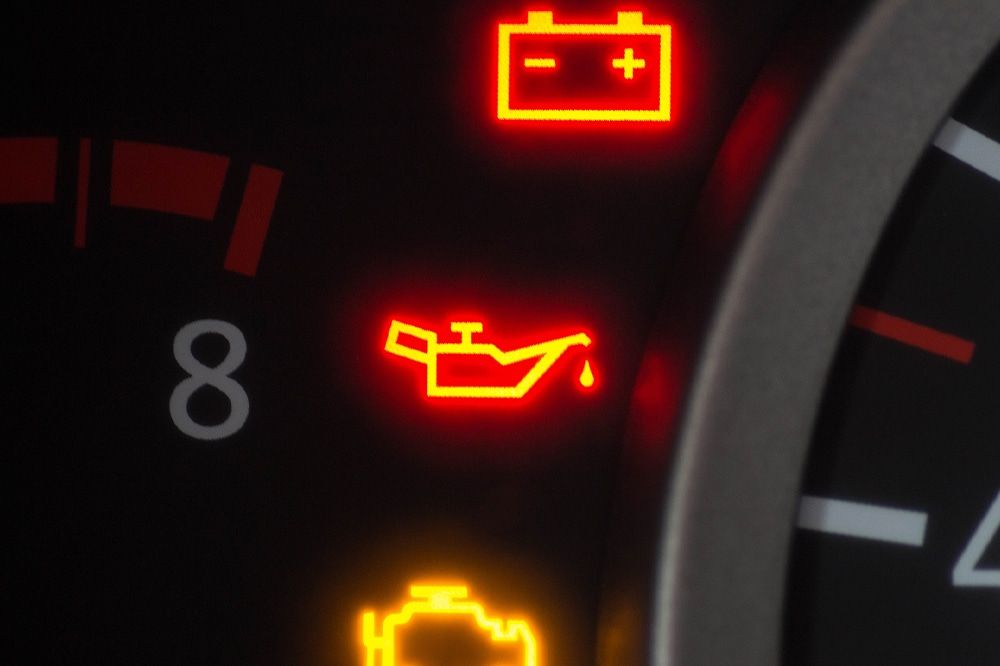
Every time you slip behind the wheel, you’re in command of a complex piece of machinery, and like any intricate system, it requires care and attention to keep it running smoothly. One of the most vital aspects of your vehicle’s well-being is its engine oil, and the warning light that signals low oil pressure should never be taken lightly.
Picture this: you’re cruising down the road, music playing, wind in your hair, and suddenly, a red oil can icon illuminates on your dashboard. That little warning light isn’t just a minor inconvenience; it’s your car’s way of urgently communicating a potential disaster in the making. Ignoring this warning can lead to serious consequences for your engine and even jeopardize your safety.
**Understanding the Oil Warning Light:**
When your car’s oil light comes on, it’s not a mere suggestion; it’s a distress call from your engine. The oil pressure warning light typically indicates that your engine’s oil pressure has dropped to dangerously low levels. Engine oil is the lifeblood of your vehicle, ensuring that all moving parts are properly lubricated to prevent friction and excessive heat generation. Without sufficient oil pressure, these parts can grind together, causing significant damage that can be both expensive and time-consuming to repair.
**Why You Shouldn’t Ignore It:**
Driving with the oil light on is akin to playing Russian roulette with your engine’s health. Here’s why you should never ignore this warning:
1. **Engine Damage:** The lack of proper lubrication can cause metal components within the engine to grind against each other, leading to irreversible damage.
2. **Overheating:** Engine parts rubbing together generate heat. Without proper lubrication, this heat can escalate quickly, leading to overheating and potential engine seizure.
3. **Engine Failure:** In extreme cases, driving with low oil pressure can lead to complete engine failure. A sudden engine failure can be dangerous, especially if it happens while you’re on the road.
4. **Expensive Repairs:** The damage caused by driving with the oil light on can result in costly repairs or even require a complete engine replacement.
**What to Do When the Oil Light Comes On:**
1. **Pull Over Safely:** If the oil light comes on while you’re driving, find a safe spot to pull over as soon as possible.
2. **Check Oil Level:** Once parked, pop the hood and check your oil level using the dipstick. If the oil level is low, adding oil might help, but it’s not a long-term solution.
3. **Tow It:** If the oil level appears to be normal or the light remains illuminated even after adding oil, it’s crucial to have your vehicle towed to a professional mechanic. Continuing to drive in this state is a gamble you shouldn’t take.
**Prevention is Key:**
Avoiding the oil light scenario altogether is the best course of action. Regular oil changes and routine maintenance can help ensure your engine is well-lubricated and functioning as it should. Following your vehicle’s recommended maintenance schedule will not only prevent oil-related issues but also extend the life of your engine.
**In Conclusion:**
Your car’s oil light isn’t just another dashboard notification to be dismissed – it’s a critical warning that demands your attention. Ignoring it can lead to engine damage, overheating, and even engine failure, all of which can have severe financial and safety implications. When that red oil can icon illuminates, treat it as an urgent call to action – pull over, check the oil level, and if necessary, seek professional help.
By understanding the significance of the oil light and taking prompt action, you’re not only safeguarding your vehicle but also ensuring a safer and smoother driving experience for yourself and everyone on the road. Remember, a well-maintained engine is a happy engine, and a happy engine means happy travels.
